Dragon Quest series creator Yuji Horii participated in a dialogue on the topic of RPGs with Katsura Hashino, the director and producer of Atlus’ upcoming Metaphor: ReFantazio. In an excerpt recently published by Denfaminicogamer, Horii talks about the foundations of Dragon Quest’s storytelling and mentions a small but unexpected challenge the franchise is facing now that video game graphics have evolved to be more realistic – and it has to do with how the protagonist is depicted. Update: Please note that the “realism” discussed refers to things like graphics switching from 2D to 3D, becoming more detailed and expressive etc, not a switch from stylized to photorealistic graphics.
Yuji Horii, who originally aspired to be a manga artist, turned to video games due to his love of storytelling and fascination with the interactivity offered by computers. From his idea of telling a story that progresses though interactions with bosses, Horii eventually created Dragon Quest. “DQ basically consists of dialogue with townspeople, with very little in the way of narration. The story is created within the dialogue. That’s what’s fun about it,” the creator muses.
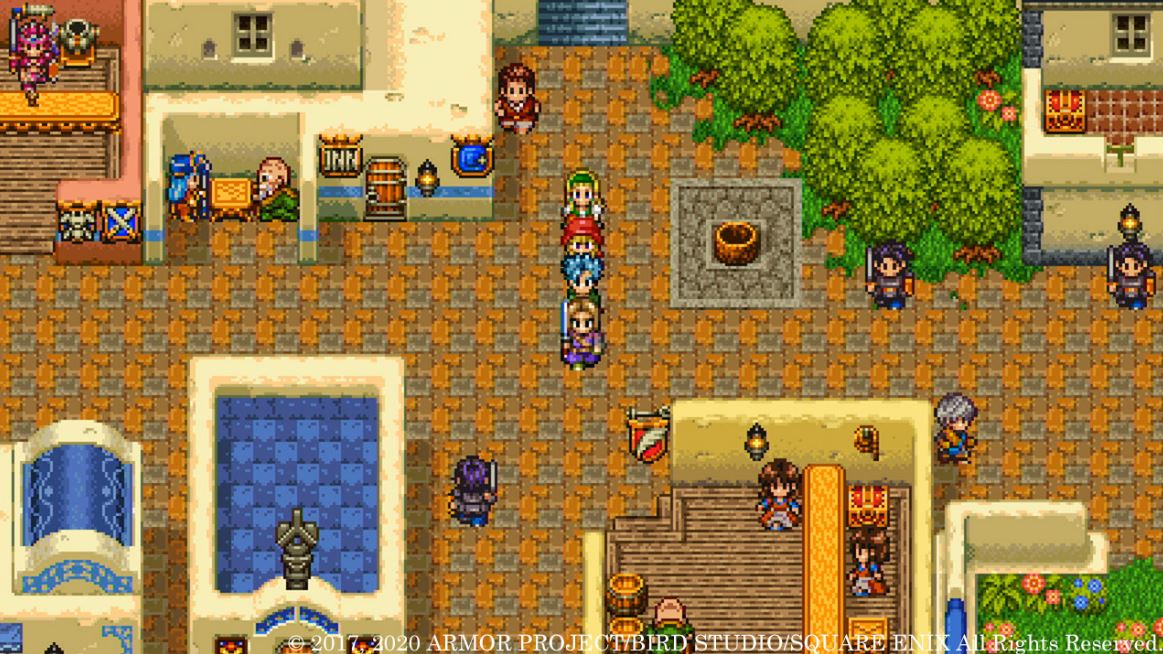
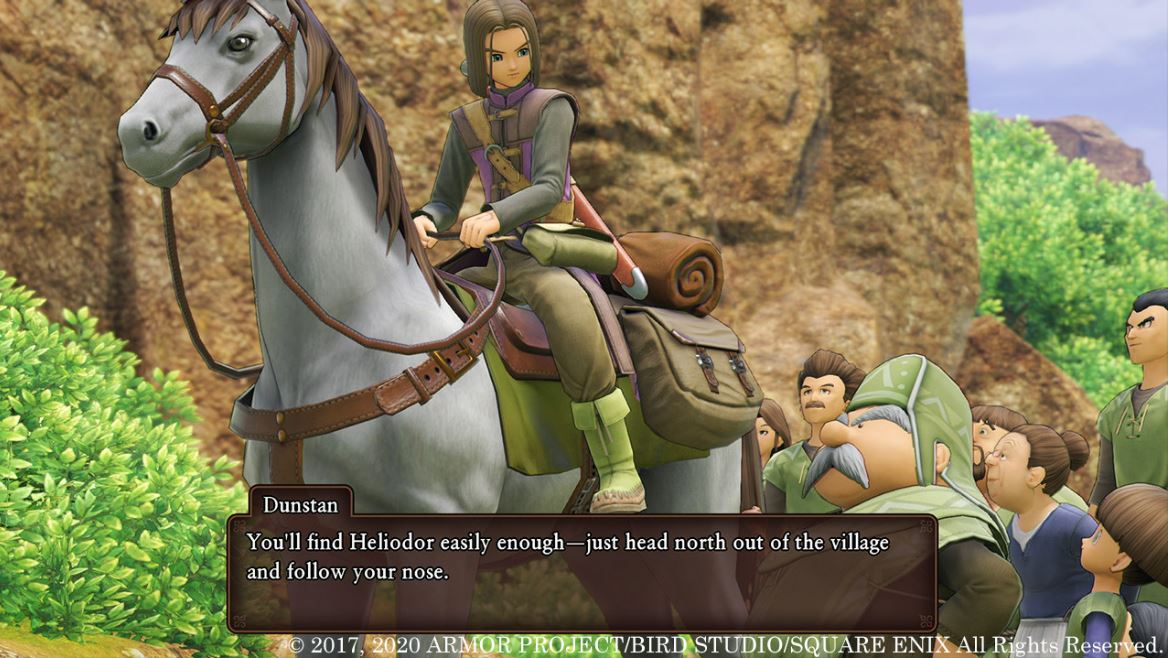
Another foundation of the Dragon Quest is its silent protagonist, or as Horii describes it, “the symbolic protagonist.” The idea behind this was to enable players to become the silent main character – they could imagine the character’s reactions freely, allowing them to easily project their own emotions onto the protagonist. However, this approach was partly facilitated by the graphics of the time, as Horii comments jokingly, “as game graphics evolve and grow increasingly realistic, if you make a protagonist who just stands there, they will look like an idiot.”
On the other hand, there is no easy fix for the situation, as Horii notes that having the protagonist explicitly react to events can make it hard for players to relate and connect with them, jeopardizing immersion. “That’s why, the type of protagonist featured in Dragon Quest becomes increasingly difficult to depict as games become more realistic. This will be a challenge in the future too,” the creator concludes.
Silent protagonists in games in general have certainly been a frequent topic of discussion among players. It seems that the Dragon Quest series’ creators, while aware that the trope can sometimes come off as unnatural, aren’t keen on simply switching sides either. It will be interesting to see how the issue is tackled in future installments.

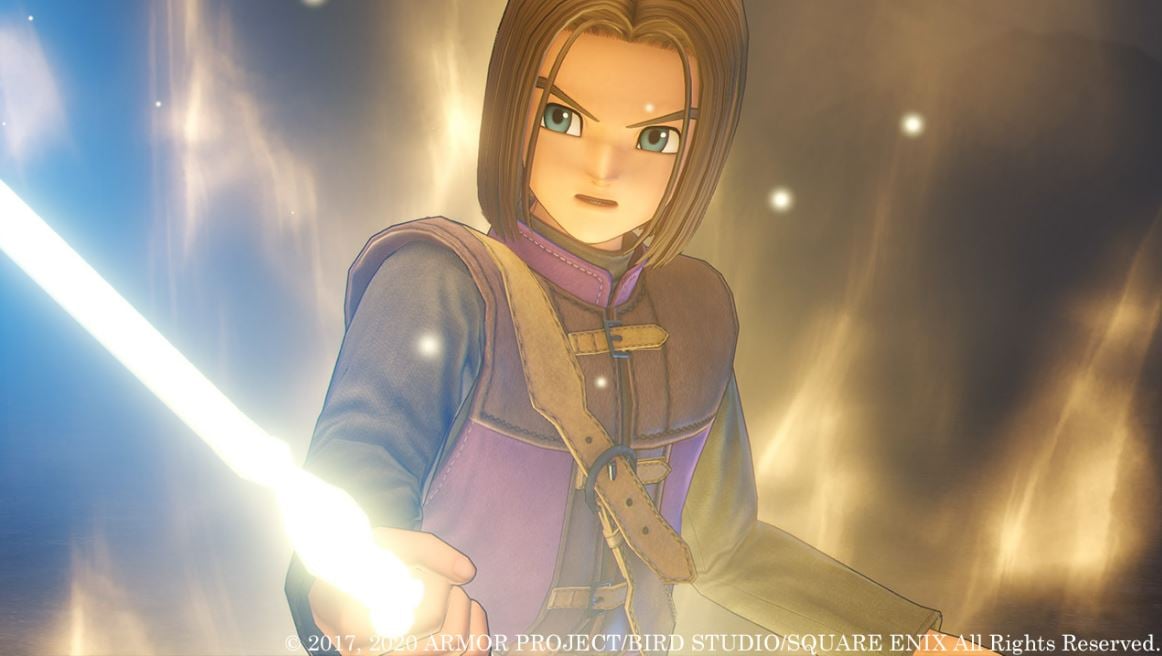

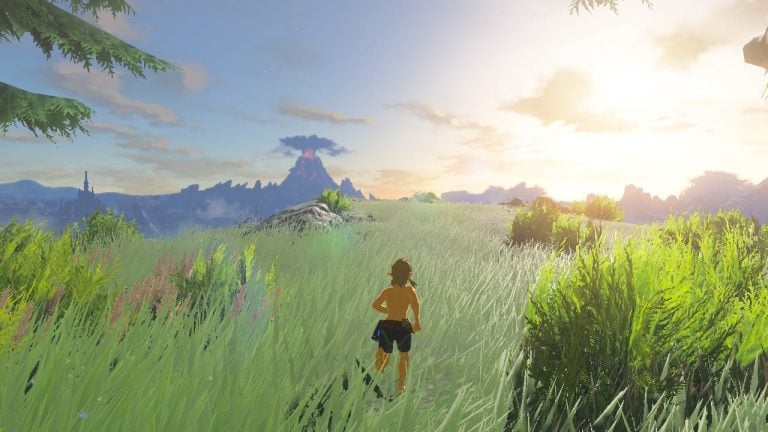
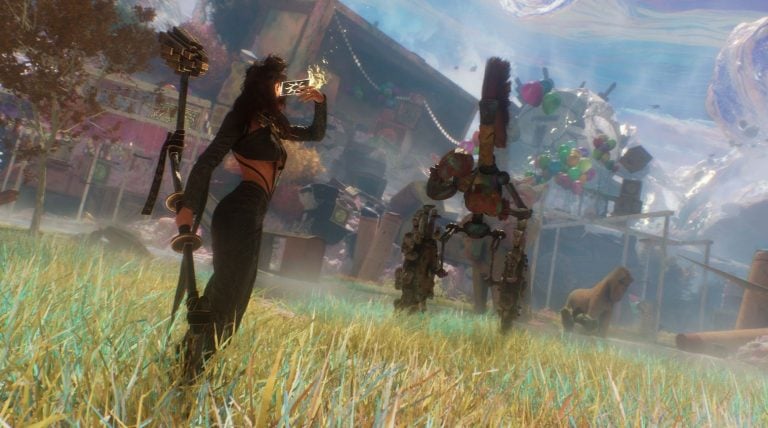
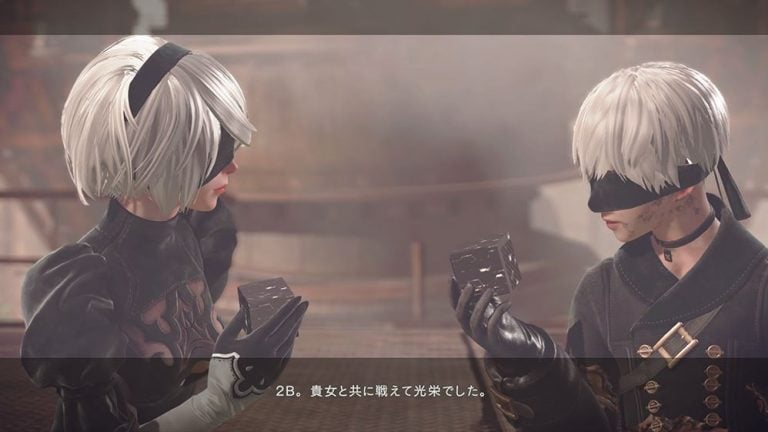
It makes sense, the more realistic settings are the more people will criticize it, picking apart saying that this detail or that detail is bad because it’s not realistic enough. It just is too much budget and time, when you can focus more on cell-shading and much more anime styles instead. Far easier to do, and will have way more focus on story and setting etc.
If people complain about the art style of Dragon Quest games, they aren’t Dragon Quest fans and their opinions aren’t relevant to the success of the series. The art style of these games is a foundational pillar of the franchise and if people think they ‘should be more realistic” they can go find another game to play.